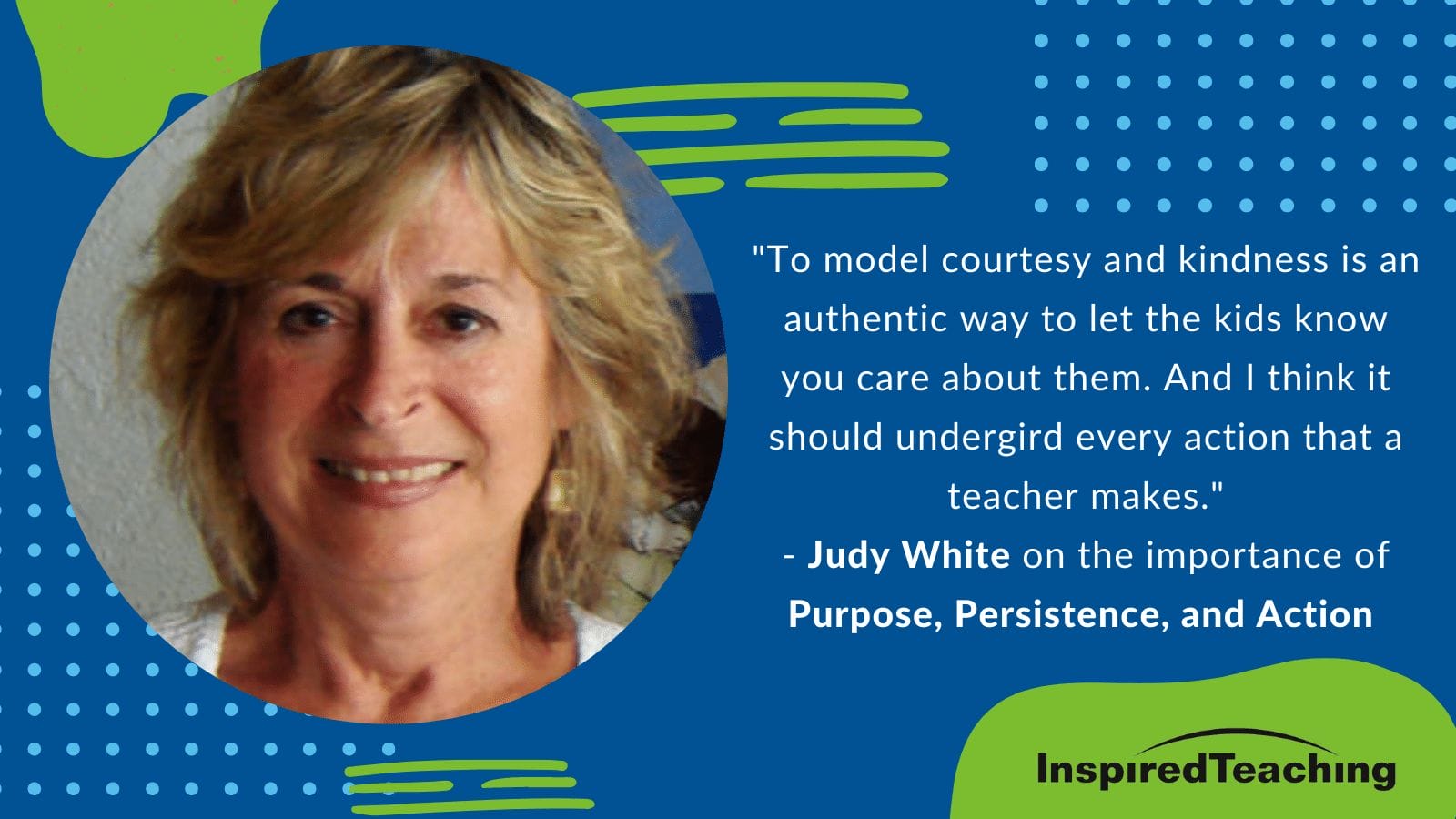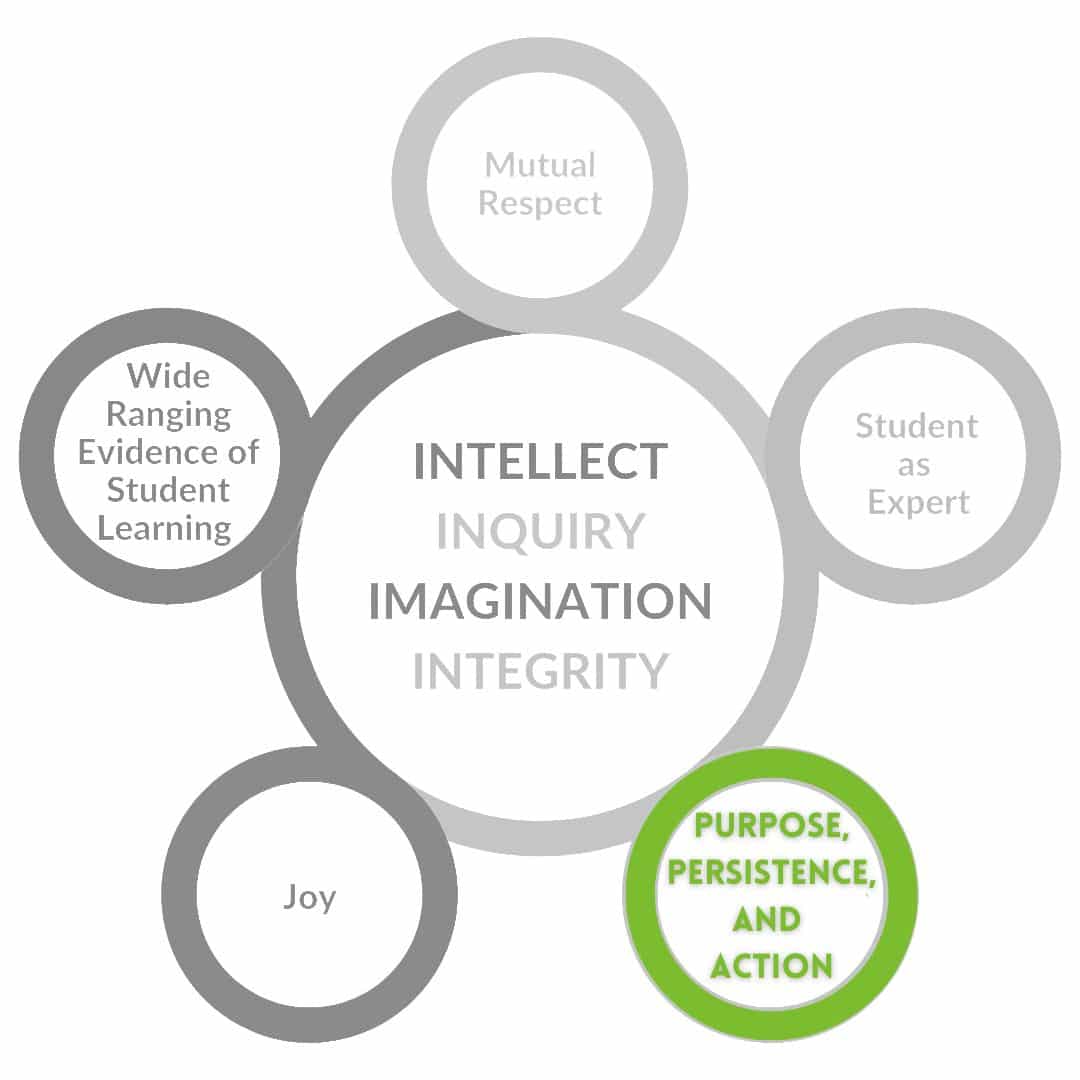Purpose, Persistence, and Action

Students are fully engaged, intellectually, emotionally, and physically, in what they are doing. They persevere in solving problems, making discoveries along the way. They experience failure as a necessary part of the learning process.
Just as an engineer wouldn’t expect to design a properly functioning bridge on her first try, and would gain valuable insights from each failed attempt, students engage in productive struggle as they navigate the activities of each school day. They rarely sit and receive information; their minds and bodies are in action, moving in the direction of their objectives. A child learning to ride a bike is naturally engaged in Purpose, Persistence, and Action, as she experiments with different approaches to mounting her bike, different speeds of pedaling, and different ways of balancing her body on, or above, the seat. Her body and mind are busy taking in new information with every attempt, and using that data to make adjustments in her next attempt. She perseveres because her goal matters to her. While parents or friends can offer feedback and support, and ask questions to deepen her learning, no one can ride the bike for her. She understands that it is up to her alone to learn to ride her bike.
Purpose, Persistence, and Action in school feels the same way. Whether solving a math problem or preparing a speech, students are engaged in mind, heart, and body. They are willing to push forward through frustration because their learning matters to them. Teachers offer feedback and support and ask thought-provoking questions, but the students themselves are in the
driver’s seat.

